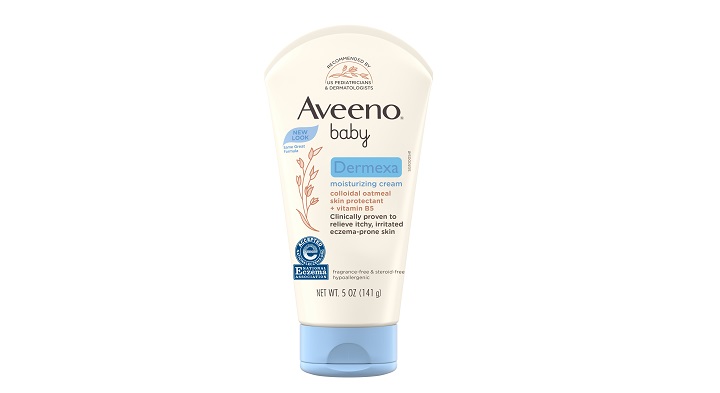- AVEENO® surveyed 3,012 parents with children aged five years and below across India, Indonesia, and China
- According to the survey, 92% of parents expressed their willingness to pursue preventive treatments, such as consulting a doctor or using a moisturizer, should their child be in the high-risk bracket of developing atopic dermatitis
- A separate study supported by Kenvue’s Johnson & Johnson Consumer Inc. subsidiary has shed light on the emerging potential of biomarker screenings for early identification of children who are at risk of developing atopic dermatitis

92% of parents surveyed in Aveeno’s “Cross-Country Parental Awareness on Early Interventions for Atopic Dermatitis” are keen to embrace preventative treatments in order to delay the onset of atopic dermatitis (AD). Yet only one out of four respondents said they would be very likely to use a moisturizer before symptoms appeared, even if they suspected their child was at high risk for AD. Half of the parents surveyed were also either unsure or unaware of ways to delay the onset of eczema symptoms.
Emerging research from an independent clinical study conducted out of the University of Cork suggests that early intervention methods in AD may help to protect the skin barrier which consequently may reduce the risk of developing AD. These methods include consulting a child’s doctor for a recommended plan of action, daily application of emollients, and practicing gentle skincare routines.
EMERGENCE OF BIOMARKERS AS A PROGNOSTIC TOOL VIA NON-INVASIVE METHOD
Recent data as shared at the 25th World Congress of Dermatology in Singapore suggests that children with a family history of allergic conditions may benefit from screening to assess their likelihood of developing AD. Kenvue’s Johnson & Johnson Consumer Inc. subsidiary supported a study to investigate whether certain markers of skin health could predict AD risk in children from birth. The study found that specific markers of skin inflammation tended to be higher in children who later developed AD. This advancement in AD care suggests that skin health markers might have a place in clinical practice to be used to predict the progression of the condition. Additionally, these markers may help identify individuals who could benefit from early protective measures, such as using moisturizers to maintain skin health.
Keshan Gunasinghe, Head of APAC R&D for Kenvue said, “This emergent study that we have presented at the World Congress of Dermatology helps us understand skin surface markers for children at risk of developing AD and identify those who could benefit from early interventions. These insights will be pivotal as we continue delivering innovative and trusted paediatric skin health solutions built on strong scientific evidence through close collaboration with the paediatric dermatology community.”
GAP BETWEEN AWARENESS OF HOW TO DELAY SYMPTOMS, AND ACTION TAKEN
Daily emollient use is a cornerstone of AD management, in order to maintain skin hydration and reduce water loss due to the dysfunction of the epidermal barrier (outer most layer of the skin). A breakdown in the epidermal barrier due to AD contributes to water loss, which can lead to xerosis (dry skin).
A deterioration in the condition can negatively impact a child’s psychological health and daily life. Majority of parents surveyed felt that AD most impacted a child’s quality of sleep, and 45% indicated that they most commonly associate sleep disturbances with the condition. However, one in five parents did not associate sleep disturbances, behavioural problems (i.e. irritability) or low self-esteem with the condition.
Dr. Evelyn Tay, Consultant, Shine Dermatology in Singapore said, “Atopic dermatitis requires timely and proper management to control its severity and potential repercussions on a child’s psychological health. The daily application of emollients can improve skin hydration and skin barrier function and can reduce the number of active flares in patients diagnosed with AD.”
In the “Cross-Country Parental Awareness Survey on Early Interventions for Atopic Dermatitis” survey, it signals that there is a knowledge gap between awareness of AD and its preventative treatments versus action taken to appropriately reduce the frequency of symptoms exhibiting. Despite 62% of parents being somewhat aware to very aware of ways to delay the onset of AD, 75% of parents surveyed are unlikely to somewhat likely to act on preventative treatments.
Gunasinghe said, “We know that all parents want what is best for their child and it is heartening that a majority would try preventative methods, including consulting with their healthcare professional first. The application of emollients should be part of parents’ AD management routine. 1% colloidal oatmeal-based emollients strengthens the skin’s moisture barrier, potentially preventing the penetration of allergens and fosters subsequent allergen sensitization.”

